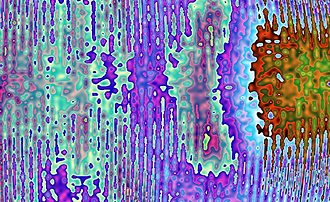

Radio and Robotics
Radio and is everywhere in modern society and there's lots of interesting projects that can be done. Similairly robotics becoming increasingly common and learning to work with them can provide tremendous benefit. A great way to learn about both fields is through radio astronomy.

Receiving Data from Satellites
There are hundreds of satellites in orbit these days and while it is still tremendously expensive to put one there, it costs very little to listen to the stream of data coming off many satellites and explore what they're broadcasting. The most common of these are weather satellites which broadcast their signals for anyone that happens to be listening. Thus far we've successfully captured images from 8 satellites: NOAA 15, 18, and 19, Meteor M2 and recently GOES-16, 17 and Himawari 8 which was relayed through GOES-16. VIDEO1, VIDEO 2
Wifi Camera
What would it be like if we could see wifi? Wifi is just microwave radiation which in turn is a form of light. This question is what drove the creation of our tiny radio robot nicknamed "Cogsworth". The robot has a directional antenna mounted to the front which it scans up and down as it rotates around. By measuring the intensity of wifi microwave radiation at each point we were able to build an "image" of what wifi looks like. With the robot we could see the router through the walls of a server shed, and every router in a building when the robot was set up outside. VIDEO


Satellite Tracker and Radio Telescope
We've built 2 radio telescopes to date (if cogsworth isn't counted). The first was a fairly crude setup but with it we were able to take an image of the geostationary ring of satellites. The newer model which has been nicknamed "pipsqueek" is much more robust system which will be used both for satellite tracking and HRPT data to be captured, as well as for radio astronomy and measurement of the hydrogen line. VERSION 1, VERSION 2